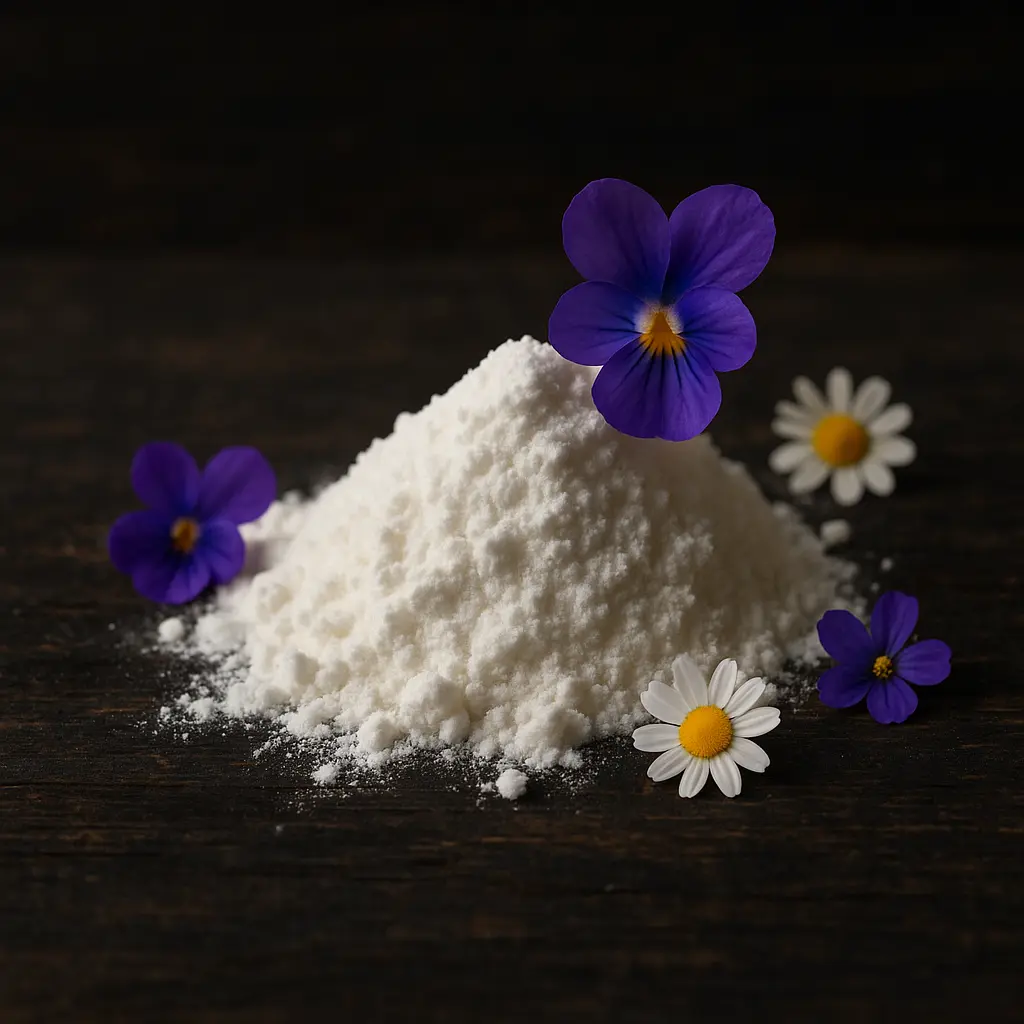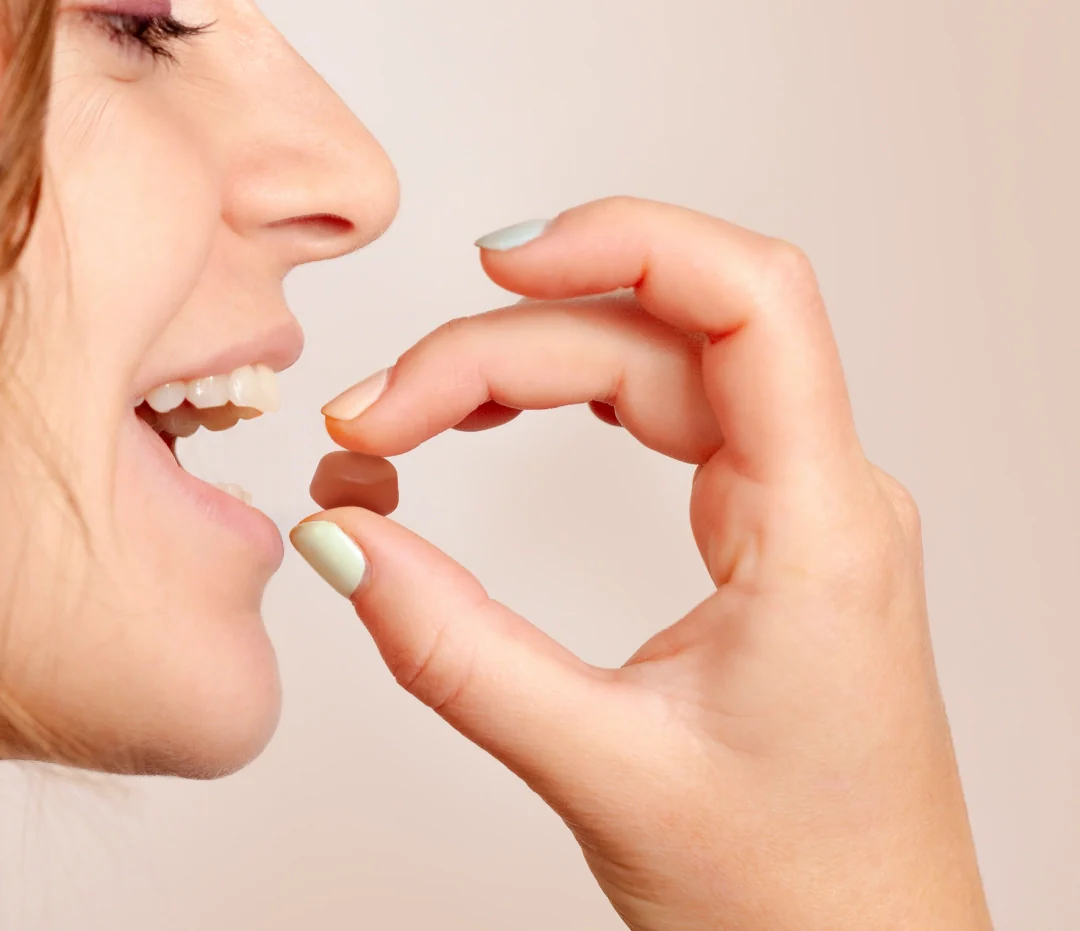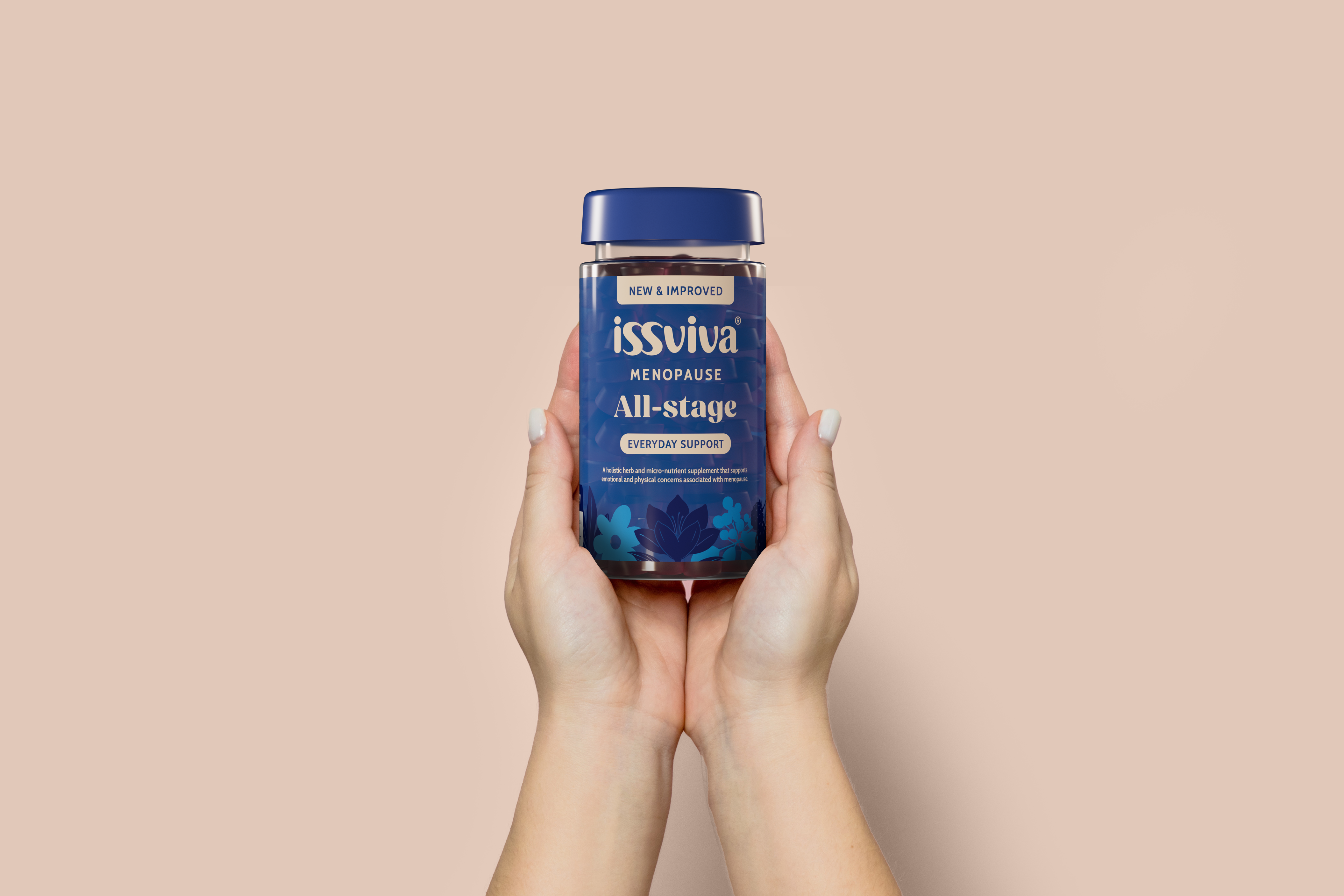
Health > Women’s Health > Hot Flush Discovery
The 30-Day Temperature Reset: What Would Happen If Your Brain's Thermostat Got Fixed
How hundreds of women discovered the dramatic change that happens when you restore your body's lost "comfort zone" during menopause
Words by
Marie W.
Share



Published on: Apr 29, 2025

Advertorial
When women experience their tenth hot flush before lunchtime, most assume it's just another menopause symptom to endure until it eventually passes.
What menopausal women haven't been told is that their brain's temperature control centre undergoes a catastrophic collapse that recent neuroimaging breakthroughs are only now beginning to reveal.
Your body's "temperature comfort zone" - that blissful range where you're neither too hot nor too cold - suddenly shrinks by an astonishing 80% during menopause.*
This pushes your internal thermostat beyond the threshold where it can maintain normal function.
We now know this is why treatments that work for other symptoms almost never provide lasting relief for hot flushes in women over 45.
This comfort zone collapse is driven by three disruptions:
1. Threshold Sensitivity
Your brain loses its ability to regulate temperature within normal ranges.
2. Trigger Overload
Common activities like drinking tea or mild stress now push you past your razor-thin threshold.
3. System Chaos
The feedback loop between your brain and body temperature breaks down completely.
And unlike other menopause symptoms that fluctuate, this temperature chaos can persist for years, affecting sleep, relationships, and quality of life.
But hidden in this discovery is an opportunity that exists nowhere else in menopause management.
The 30-Day Window That Changes Everything

When compromised by this comfort zone collapse, your brain has a unique characteristic that most treatments completely ignore...
The brain's temperature regulation system can be rebalanced with specific plant compounds that have been clinically studied to restore normal function.*
This is why hot flushes can escalate so quickly during menopause. But it's also why the right approach can create dramatic improvements in the same timeframe.
So what exactly happens during those 30 days when you address the comfort zone collapse? The documented timeline might surprise you.
Days 1-7: The System Reset Begins
Within the first week of properly addressing your brain's temperature chaos, women report changes in their most torturous symptoms.
The sudden heat surges begin to space out. That feeling of being on constant "high alert" for the next flush starts to ease. Night sweats that soak through sheets become less intense.
Sarah M. experienced this firsthand: "They are so easy and convenient to take, taste great and they actually worked for me."
Days 8-14: The Comfort Zone Expands
This is when the real magic begins beneath the surface.
As your temperature comfort zone begins to widen from its impossibly narrow 0.3°C back toward normal, women report a sensation they haven't felt in years: temperature stability.
That constant switching between freezing and burning starts to settle. The unpredictable surges that made planning impossible become more manageable.
By day 14, the frequency of hot flushes begins dropping noticeably. The severity of each episode lessens.
Days 15-30: The Complete Transformation
This is where the transformation becomes undeniable, and when something subtle but powerful happens: you stop planning your life around hot flushes.
For the first time in months or years, you might catch yourself forgetting about temperature entirely. No layers of clothing "just in case." No avoiding warm rooms. Just... normalcy returning.
Your brain's temperature control center has now begun functioning within expanded parameters. But unlike before, when every slight change triggered emergency cooling, your system can actually maintain balance.
Three critical improvements activate:
Normal Temperature Regulation
Your comfort zone expands back toward its healthy range, no longer triggering at minor fluctuations.
Reduced Severity
When flushes do occur, they're manageable rather than overwhelming.
Sleep Restoration
Night sweats reduce dramatically, allowing restorative sleep cycles to return.
By day 30, most women complete their first month of stable temperature regulation in years.
Cherry F. shares: "Love the size, taste and they have definitely reduced my day sweats."
The Plant That Stunned Researchers

When scientists cracked the code on this brain mechanism, they went hunting for answers in an unexpected place: ancient herbal wisdom backed by modern clinical trials.
What they found made headlines in medical journals...
Sage extract, when studied in rigorous clinical trials, has been shown to reduce hot flush frequency by up to 64%.*
But here's the truly jaw-dropping part: severe hot flushes dropped by 79% in studies.*
But it gets better. Saffron contributes to emotional balance, helps to support the relaxation and helps to maintain a positive mood.
For the first time, there's a natural approach with ingredients that have been studied for their effects on temperature regulation.*
The "Gummy Revolution" Women Are Raving About

Here's where things get interesting. These clinically-studied ingredients are now available in what might be the most unlikely format: tasty gummies that women actually enjoy taking.
"I was sceptical about gummies for menopause," admits Sarah M. in her verified review. "They are so easy and convenient to take, taste great and they actually worked for me."
Cherry F. adds: "Love the size, taste and they have definitely reduced my day sweats."
The All-Stage Menopause Support formula contains:
Sage extract (shown to reduce hot flush frequency by up to 64% in studies)*
Saffron to help with emotional balance, relaxation and maintain a positive mood*
Essential vitamins that contribute to normal energy metabolism*
Zinc and Biotin which contribute to normal metabolism*
Zero hormones. No synthetic chemicals. Just plant-based ingredients that have been studied for their individual benefits.*
Real Women, Real Transformations

Thousands of women are experiencing comprehensive beauty support they thought was impossible.
Lee Ann T. shares: "After the month I noticed a big difference my hair felt thicker, looks so much more healthier, shinier and felt is so much better condition. My finger nails and toe nails had to be cut three times this month with the increase in growth."
Rue U. writes: "I've noticed a positive change in my skin, hair, and nails. My nails, which used to break frequently, are much stronger. My hair appears fuller, and my skin looks really healthy."
These women stopped chasing individual solutions and addressed their beauty concerns comprehensively.

Right now, something remarkable is happening across the UK. Women are discovering they don't have to accept living in temperature chaos.
CHECK AVAILABILITY
Bommer S, Klein P, Suter A. First time proof of sage's tolerability and efficacy in menopausal women with hot flushes. Adv Ther. 2011 Jun;28(6):490-500. doi: 10.1007/s12325-011-0027-z. Epub 2011 May 16. PMID: 21630133.
Farzaneh F, Fatehi S, Sohrabi MR, Alizadeh K. The effect of oral evening primrose oil on menopausal hot flashes: a randomized clinical trial. Arch Gynecol Obstet. 2013 Nov;288(5):1075-1079. doi: 10.1007/s00404-013-2852-6. Epub 2013 Apr 27. PMID: 23625331.
Amiri Pebdani M, Taavoni S, Seyedfatemi N, Haghani H. Triple-blind, placebo-controlled trial of Ginkgo biloba extract on sexual desire in postmenopausal women in Tehran. Iran J Nurs Midwifery Res. 2014 May-Jun;19(3):262-265. PMID: 24949064; PMCID: PMC4061626.
Freedman RR, Krell W. Reduced thermoregulatory null zone in postmenopausal women with hot flashes. Am J Obstet Gynecol. 1999 Jul;181(1):66-70. doi: 10.1016/S0002-9378(99)70437-0. PMID: 10411797.



